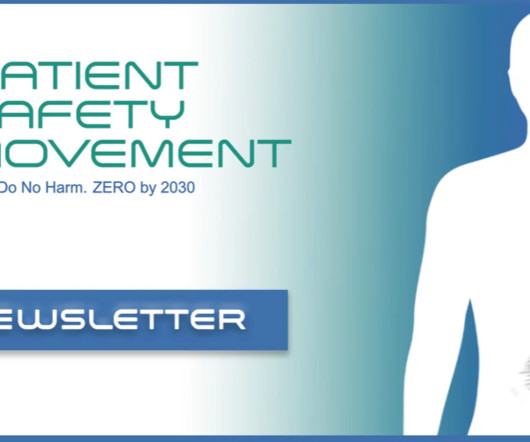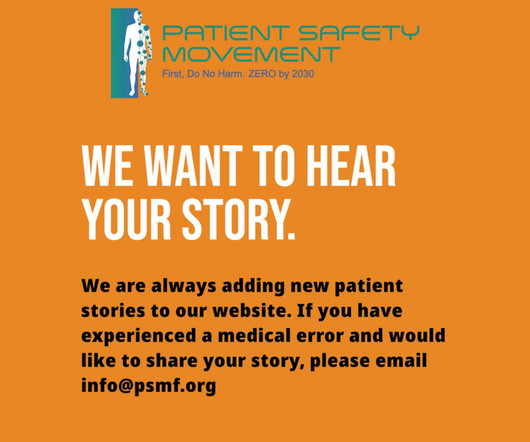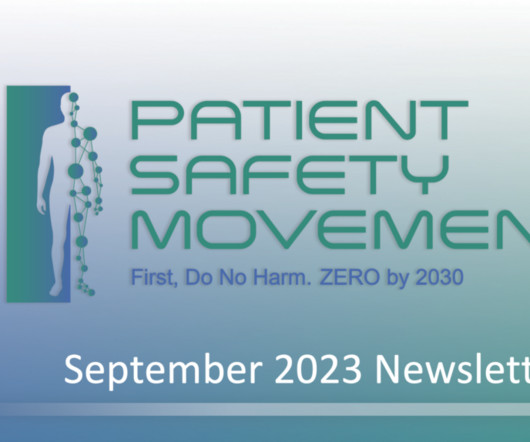Newsletter, March 2024
Patient Safety Movement
MARCH 28, 2024
“I believe in data transparency, and it is unacceptable that we lack clarity on the true number of patient harm events.” Early detection coupled with a healthy diet and exercise could prevent over 90% of deaths caused by this type of cancer. The Patient Safety Movement Foundation will be well represented.












Let's personalize your content